Home>Home Appliances>Home Automation Appliances>Why Can’t I Drop In On Alexa?


Home Automation Appliances
Why Can’t I Drop In On Alexa?
Modified: February 18, 2024
Discover why you can't drop in on Alexa and learn about the best home automation appliances for a smarter living experience. Explore now!
(Many of the links in this article redirect to a specific reviewed product. Your purchase of these products through affiliate links helps to generate commission for Storables.com, at no extra cost. Learn more)
Introduction
Home automation appliances have revolutionized the way we interact with our living spaces, offering convenience, efficiency, and a touch of futuristic charm. Among the myriad of features that smart home devices boast, the ability to communicate seamlessly with them stands out as a game-changer. Amazon's Alexa, a popular voice-controlled virtual assistant, has redefined the concept of smart homes with its impressive array of functionalities. One such feature, "Drop In," enables users to establish instant, two-way communication with other Alexa-enabled devices within their trusted network. However, as with any technological innovation, there are nuances and considerations that users should be aware of to make the most of this feature. In this article, we will delve into the intricacies of Drop In on Alexa, exploring its capabilities, limitations, privacy implications, and alternative communication options. Whether you are a seasoned user or a curious newcomer, understanding the nuances of Drop In will empower you to harness the full potential of your Alexa-enabled ecosystem.
Key Takeaways:
- Stay Connected with Alexa’s “Drop In” feature for instant, hands-free communication within your trusted network. Just remember to configure it carefully and be mindful of privacy and interruptions.
- Explore alternative communication options like messaging, calling, and smart displays to tailor your smart home communication experience while prioritizing privacy and control.
Read more: Why Won’t Drop In Work On Alexa
Understanding Drop In on Alexa
Drop In is a unique feature offered by Amazon Alexa that allows users to instantly connect with other Alexa-enabled devices within their network. This seamless communication tool facilitates quick and effortless conversations between family members, friends, or trusted contacts. Whether you want to check in on a loved one, coordinate household activities, or simply have a spontaneous chat, Drop In provides a convenient channel for real-time interaction.
When a user initiates a Drop In session, the receiving device—if configured to allow Drop Ins—will instantly connect, enabling a smooth, hands-free conversation. This feature is particularly valuable in scenarios where immediate communication is essential, such as checking on family members, monitoring children, or coordinating activities within the household. With its emphasis on instant connectivity, Drop In enhances the overall convenience and interconnectedness of smart homes, fostering a sense of seamless communication and collaboration.
Moreover, Drop In is designed to work within a user’s trusted network, ensuring that only authorized individuals can establish connections. This security measure adds a layer of control and privacy, mitigating the risk of unauthorized access and preserving the integrity of the user’s home environment. By understanding the mechanics of Drop In and its role in fostering instant communication, users can leverage this feature to streamline their daily interactions and enhance the overall connected experience within their smart homes.
Limitations of Drop In
While Drop In offers a myriad of benefits in terms of instant communication and seamless connectivity, it is important to acknowledge its limitations and potential drawbacks. One of the primary considerations is the need for careful configuration to ensure that the feature aligns with the user’s privacy preferences and security requirements. By default, Drop In is disabled on Alexa devices, and users must explicitly enable it for each device and contact. This deliberate activation process is designed to prevent unauthorized access and maintain user control over communication channels within their smart home ecosystem.
Additionally, the real-time nature of Drop In may lead to unexpected or intrusive interruptions if not used judiciously. While the feature is intended to facilitate quick and convenient communication, its instantaneous nature means that users must exercise discretion when initiating Drop In sessions. Consideration for the privacy and comfort of others is paramount, and users should be mindful of the context and appropriateness of engaging in spontaneous conversations through Drop In.
Furthermore, while Drop In operates within a user’s trusted network, it is essential to establish and maintain clear communication boundaries with contacts who have been granted Drop In permissions. Open dialogue and mutual understanding regarding the use of this feature can help prevent misunderstandings and ensure that Drop In is utilized in a respectful and considerate manner.
Another limitation to consider is the potential impact on personal routines and privacy. Users should be mindful of how Drop In may disrupt their daily activities and be proactive in managing their availability and accessibility through the feature. By setting clear expectations and boundaries, users can harness the benefits of Drop In while mitigating any potential disruptions to their personal space and time.
Understanding these limitations equips users with the knowledge to navigate the intricacies of Drop In, empowering them to optimize the feature while being mindful of its impact on privacy, communication dynamics, and daily routines within their smart home environment.
When dropping in on Alexa, make sure the person you want to connect with has given you permission to do so. You can manage your drop in permissions in the Alexa app under the “Communicate” tab.
Privacy Concerns
As with any technology that facilitates communication and connectivity, Drop In on Alexa raises valid privacy concerns that users should be cognizant of. The instantaneous nature of this feature, while convenient, necessitates a thorough understanding of its implications on personal privacy and data security. Given the potential for real-time audio and video transmission, users must carefully consider the privacy risks associated with enabling Drop In on their Alexa devices.
One of the primary privacy concerns related to Drop In revolves around the inadvertent or unauthorized activation of the feature. While Amazon has implemented security measures to prevent unauthorized access, the possibility of accidental or unintended Drop Ins cannot be entirely discounted. Users must weigh the convenience of instant communication against the potential privacy risks, taking proactive steps to minimize the likelihood of unauthorized Drop In sessions.
Moreover, the audio and video capabilities of Drop In raise considerations regarding the collection and storage of sensitive data. Users should be mindful of the content transmitted during Drop In sessions and the implications of storing such data within the Alexa ecosystem. Understanding Amazon’s data retention and privacy policies is crucial in making informed decisions about utilizing Drop In and mitigating potential privacy vulnerabilities.
Furthermore, the need to establish clear boundaries and consent mechanisms with trusted contacts is essential in addressing privacy concerns associated with Drop In. Open communication and mutual understanding between users and their contacts can help mitigate the risk of inadvertent or unwelcome Drop In sessions, fostering a respectful and privacy-conscious approach to utilizing this feature.
By acknowledging these privacy concerns and adopting proactive measures to safeguard personal privacy and data security, users can leverage the benefits of Drop In while mitigating potential privacy risks. Understanding the nuances of privacy implications empowers users to make informed choices regarding the use of Drop In within their smart home environment.
Alternatives to Drop In
While Drop In offers a convenient and instantaneous communication channel within the Alexa ecosystem, users may find value in exploring alternative methods of communication that align more closely with their privacy preferences and communication dynamics. Several viable alternatives exist, each offering distinct features and considerations that cater to diverse user needs and preferences.
One prominent alternative to Drop In is the use of Alexa’s messaging and calling features. By leveraging voice commands or the Alexa app, users can initiate voice or video calls, send messages, and communicate with their contacts seamlessly. This method provides a more deliberate and controlled approach to communication, allowing users to engage in conversations at their discretion while maintaining privacy and control over their communication channels.
Another alternative worth considering is the use of smart displays with built-in communication functionalities. Devices such as the Amazon Echo Show and Google Nest Hub offer visual communication capabilities, enabling users to engage in video calls, view live feeds from compatible security cameras, and enjoy enhanced visual interactions with their contacts. These smart displays provide a versatile and engaging platform for communication, offering a compelling alternative to the audio-centric nature of Drop In.
Furthermore, users may opt to utilize third-party communication apps and services that integrate seamlessly with Alexa-enabled devices. Platforms such as Skype, Zoom, and WhatsApp offer robust communication features and can be accessed through compatible smart speakers and displays. This approach allows users to tap into a broader range of communication options while leveraging the convenience of voice commands and smart home integration.
Additionally, for users who prioritize privacy and control over their communication channels, establishing clear boundaries and expectations with trusted contacts can serve as an effective alternative to the instantaneous nature of Drop In. By fostering open communication and mutual understanding regarding communication preferences, users can create a respectful and considerate framework for engaging in conversations within their smart home environment.
Exploring these alternatives empowers users to tailor their communication experiences to align with their unique preferences, privacy considerations, and technological capabilities. By evaluating the diverse communication options available within the smart home ecosystem, users can make informed choices that complement their lifestyle and communication dynamics.
Read more: How To Drop In On Alexa
Conclusion
As the realm of smart home technology continues to evolve, the role of communication features such as Drop In on Amazon Alexa devices underscores the interconnected and dynamic nature of modern living spaces. Understanding the intricacies of Drop In, including its capabilities, limitations, privacy implications, and alternative communication options, empowers users to navigate the complexities of instant communication within their smart home ecosystem.
While Drop In offers unparalleled convenience and seamless connectivity, users must approach its utilization with a balanced consideration of privacy, security, and communication dynamics. By carefully configuring and managing Drop In settings, establishing clear boundaries with trusted contacts, and exploring alternative communication methods, users can tailor their communication experiences to align with their preferences and lifestyle.
Furthermore, proactive measures such as understanding Amazon’s privacy policies, fostering open dialogue with contacts, and prioritizing consent and privacy considerations contribute to a respectful and mindful approach to utilizing Drop In within the smart home environment.
Ultimately, the effective utilization of Drop In hinges on a nuanced understanding of its capabilities, coupled with a conscientious approach to privacy, communication dynamics, and technological integration. By embracing a holistic perspective on communication within the smart home ecosystem, users can harness the benefits of instant connectivity while safeguarding their privacy and fostering respectful interactions with their contacts.
As smart home technology continues to advance, the evolution of communication features such as Drop In underscores the importance of balancing convenience with privacy, empowering users to engage in seamless and respectful communication within their interconnected living spaces.
Frequently Asked Questions about Why Can't I Drop In On Alexa?
Was this page helpful?
At Storables.com, we guarantee accurate and reliable information. Our content, validated by Expert Board Contributors, is crafted following stringent Editorial Policies. We're committed to providing you with well-researched, expert-backed insights for all your informational needs.
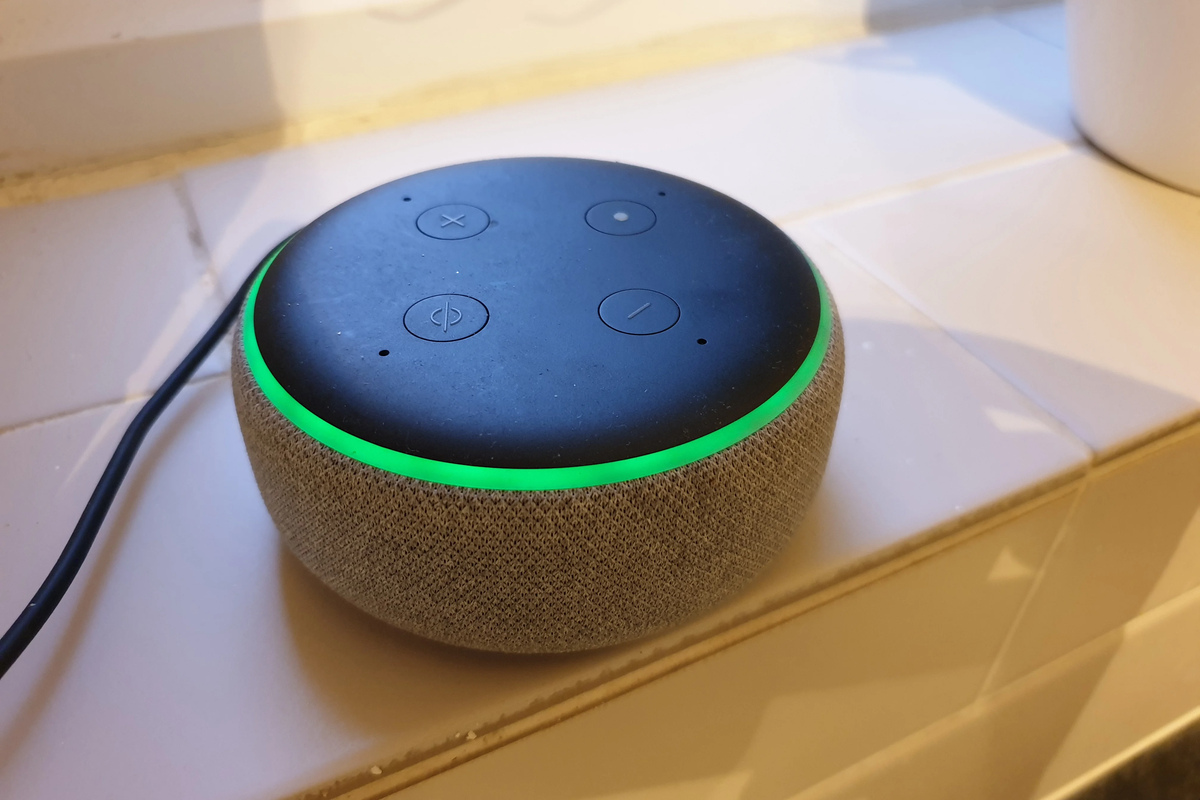
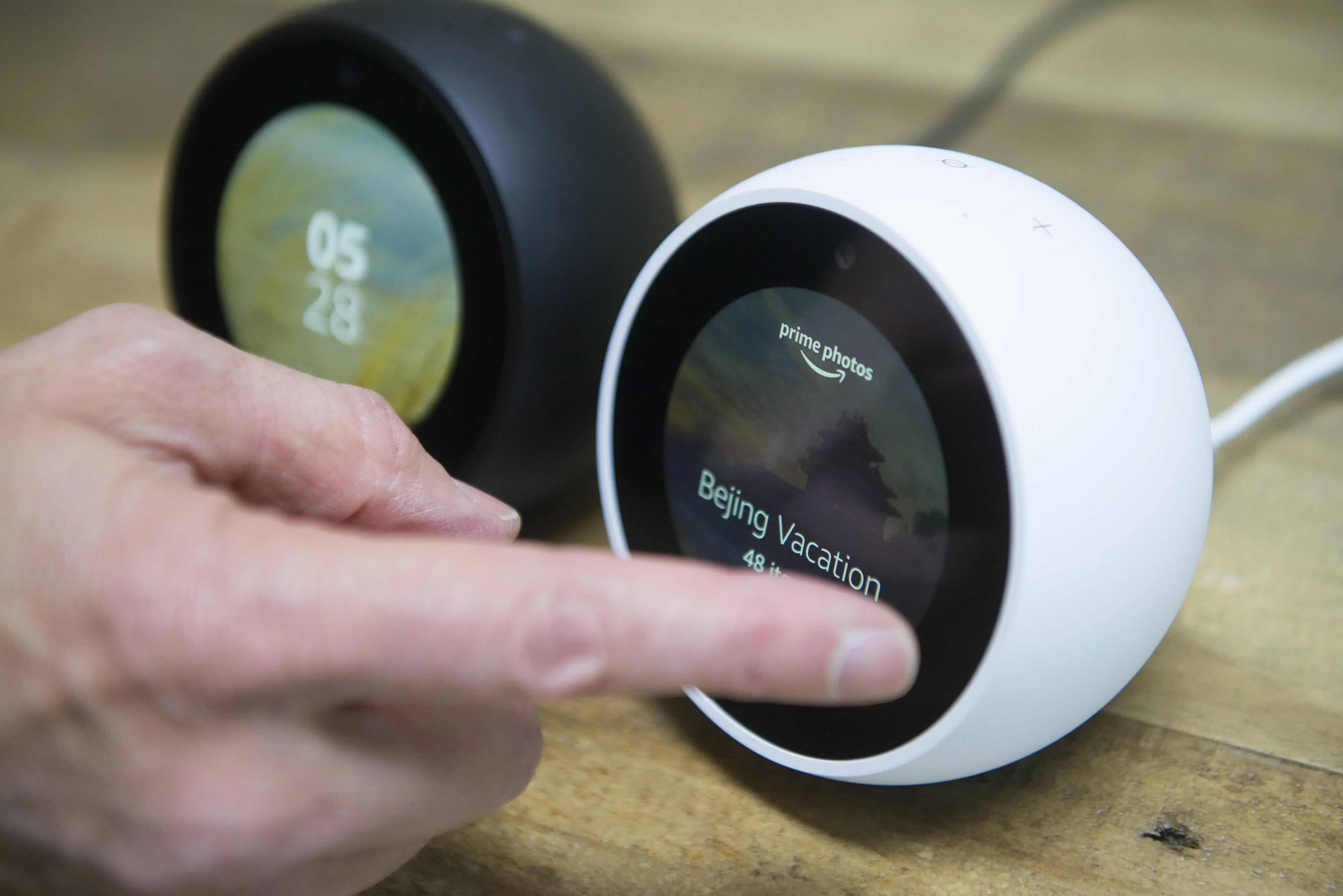

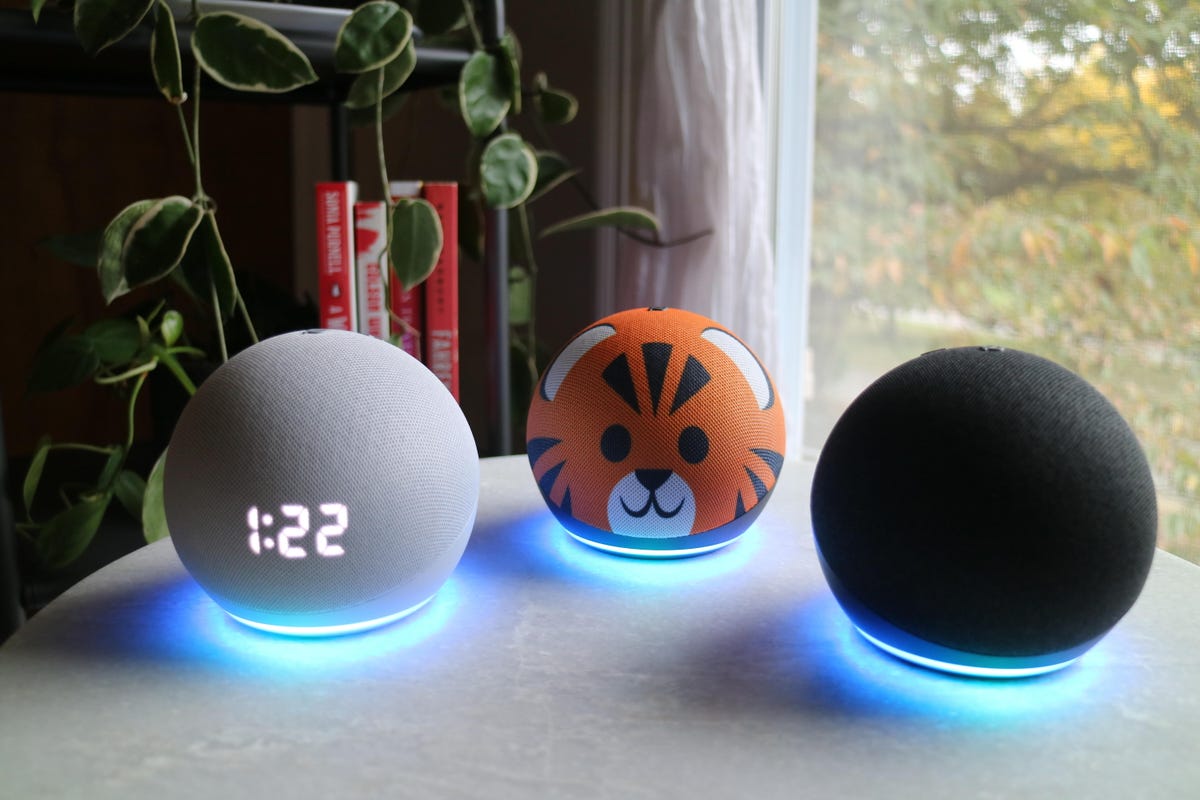
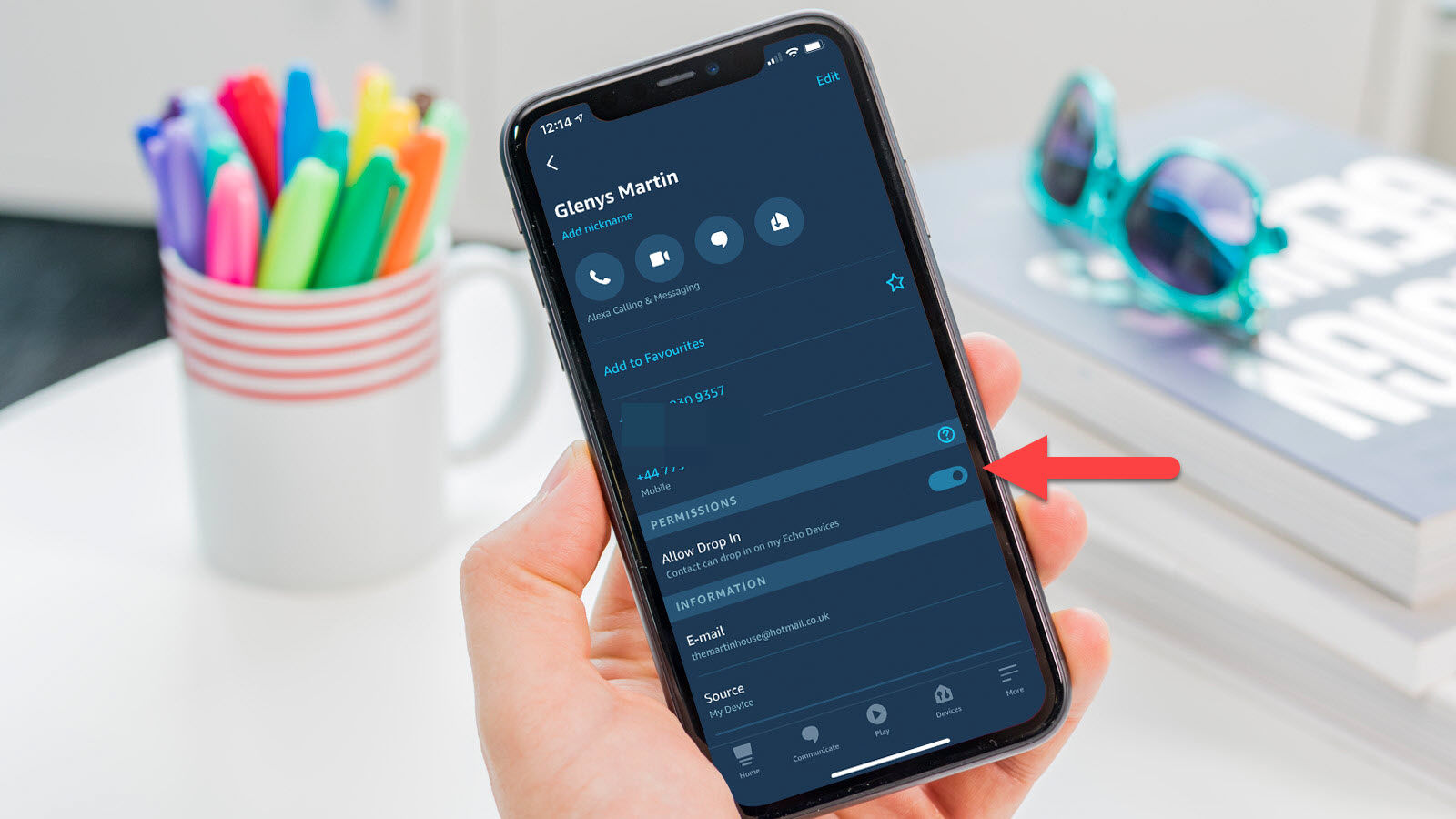
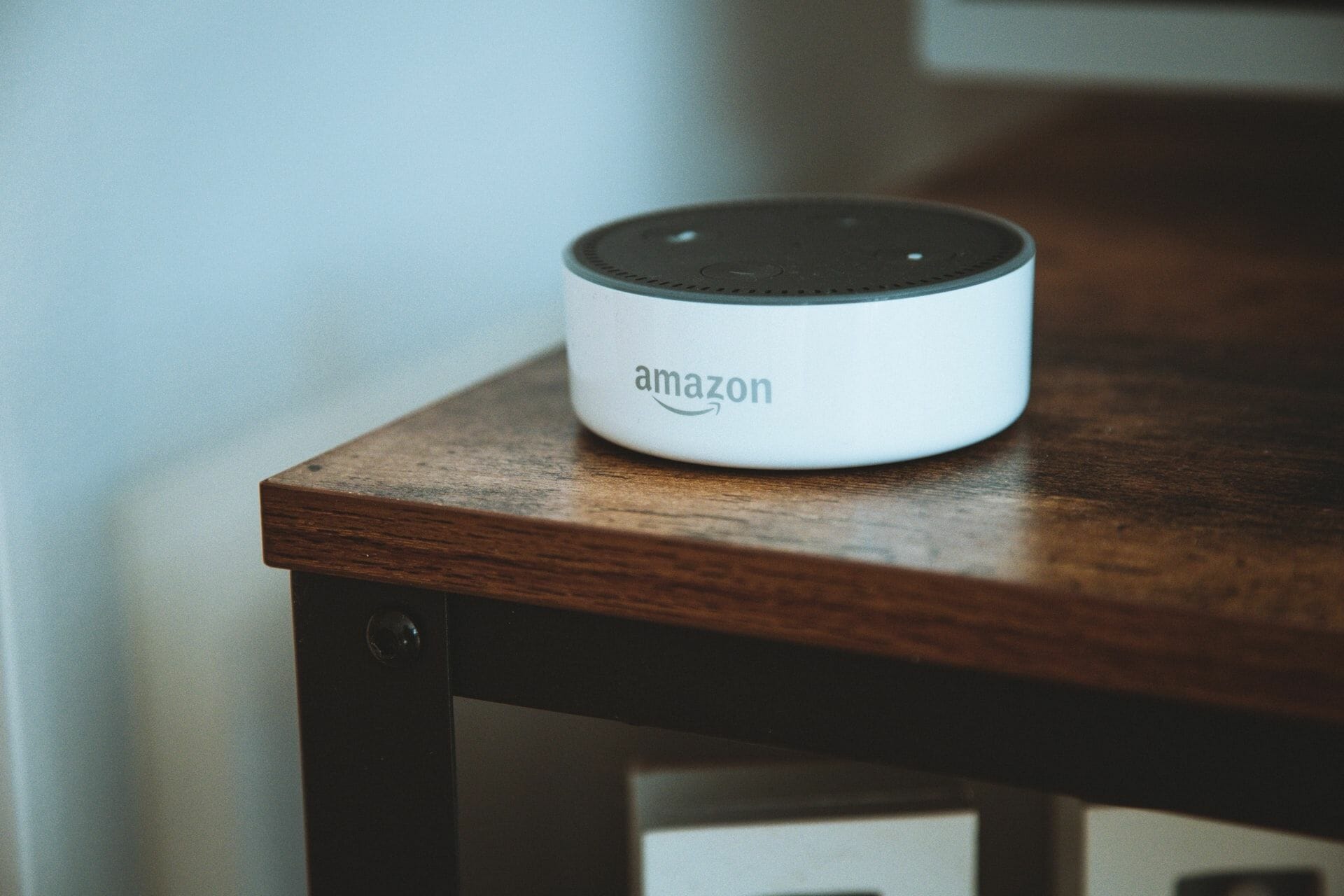
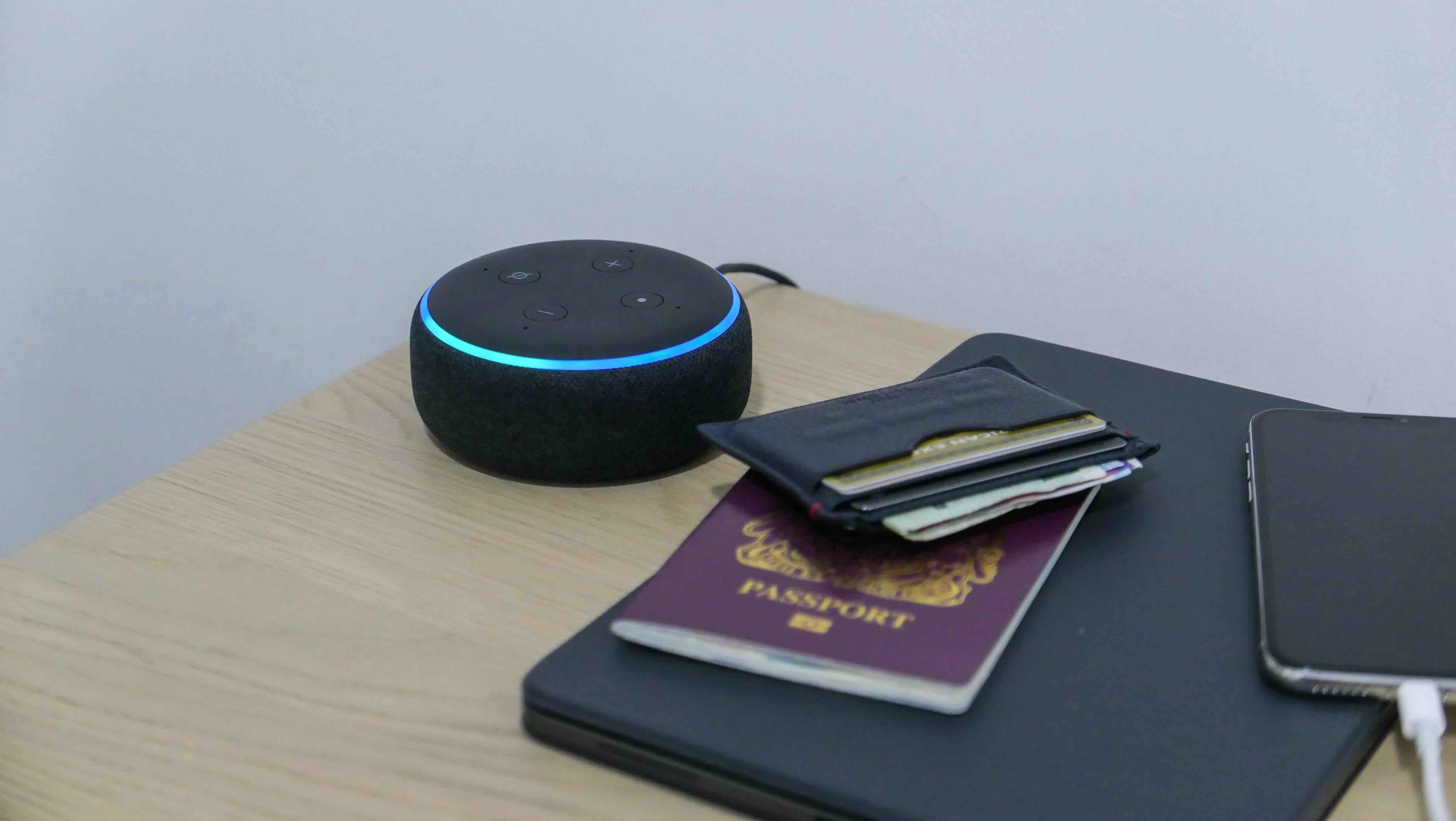
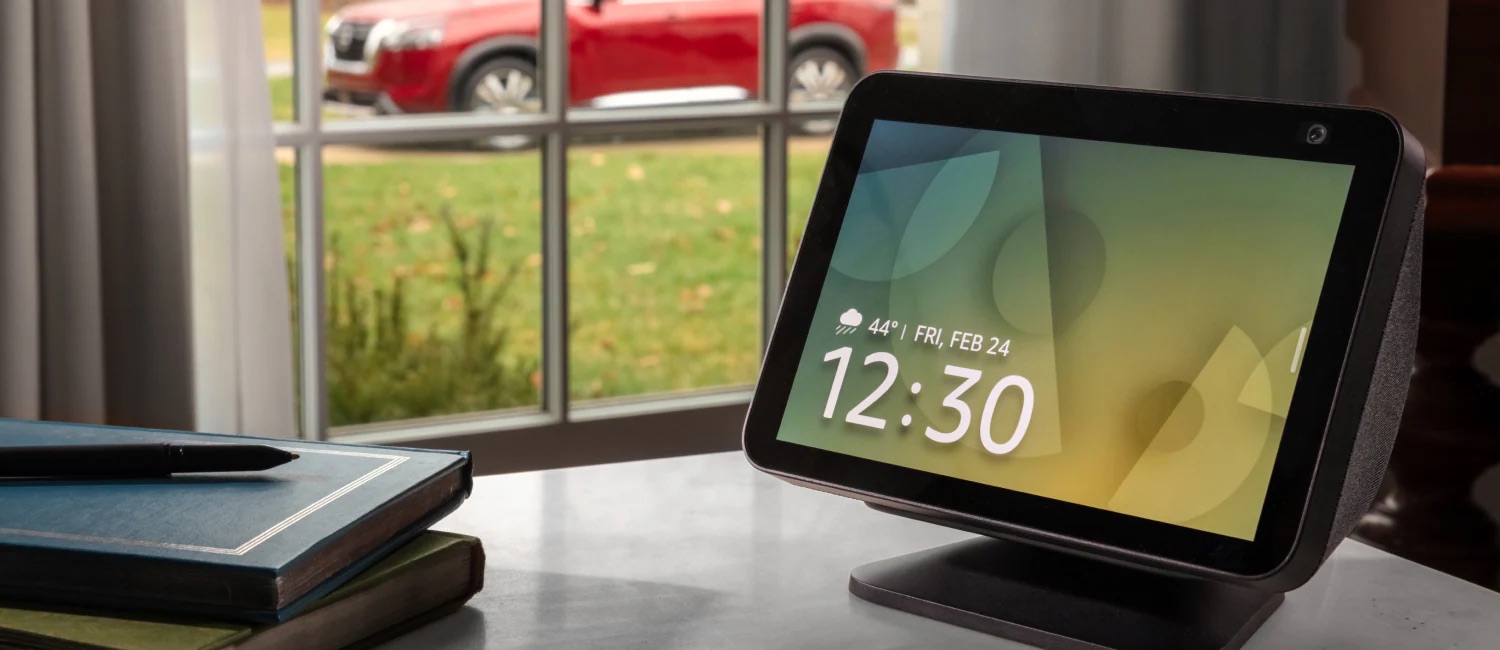

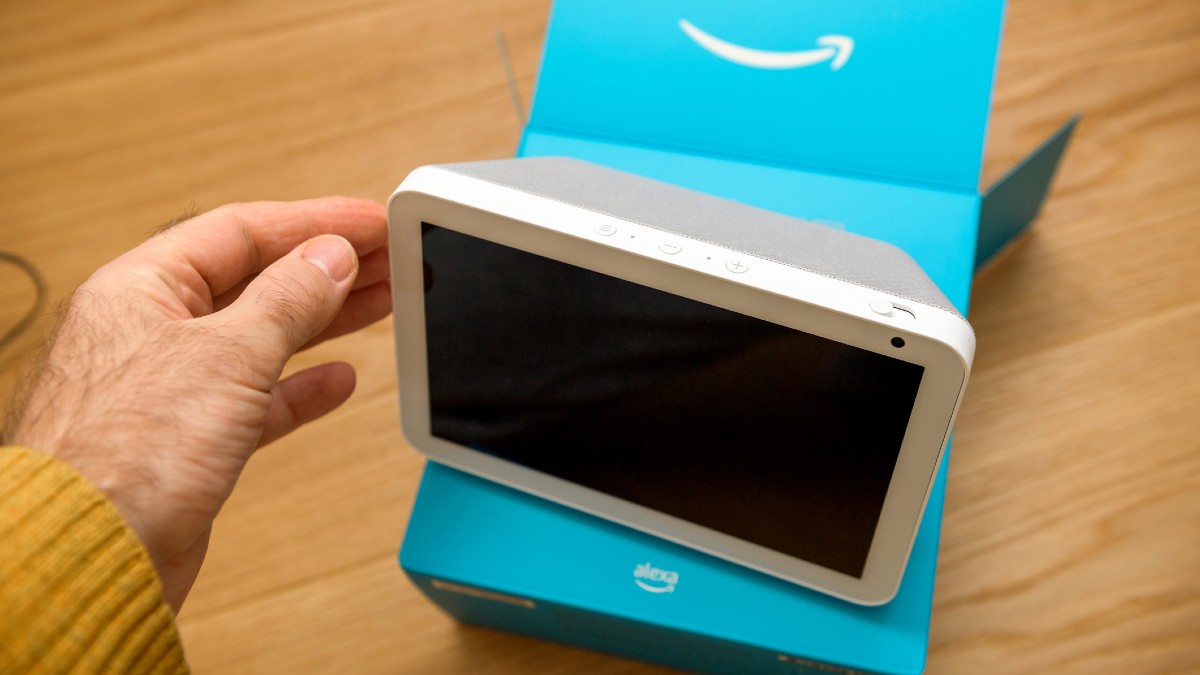
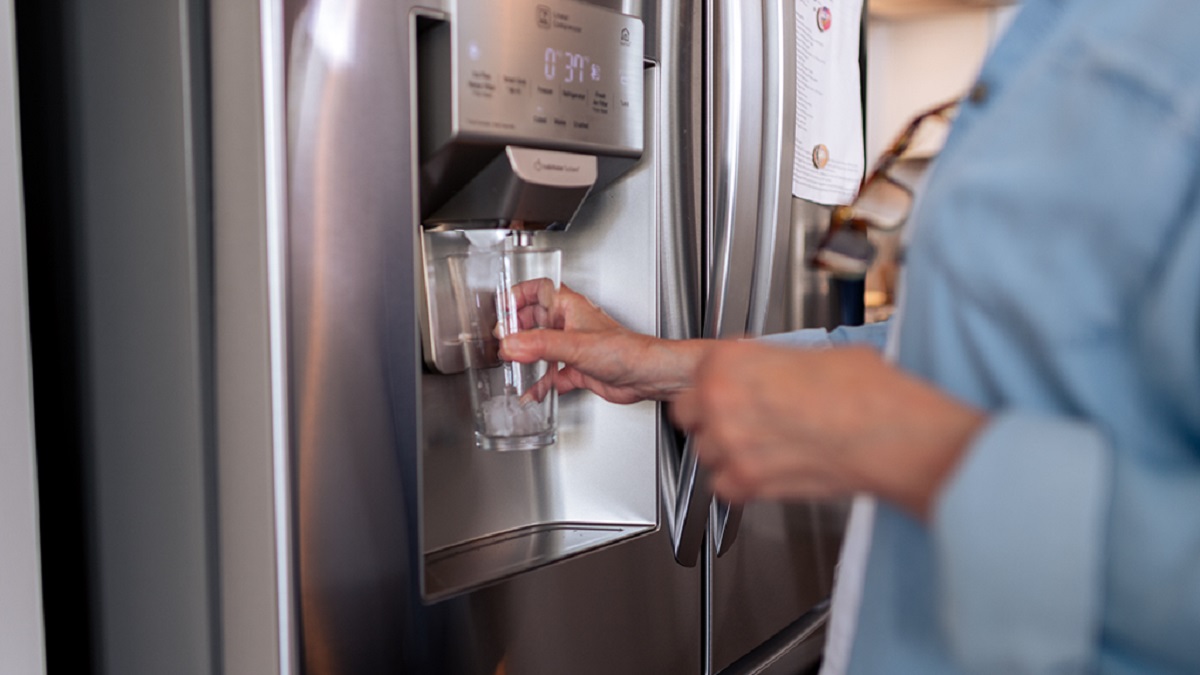
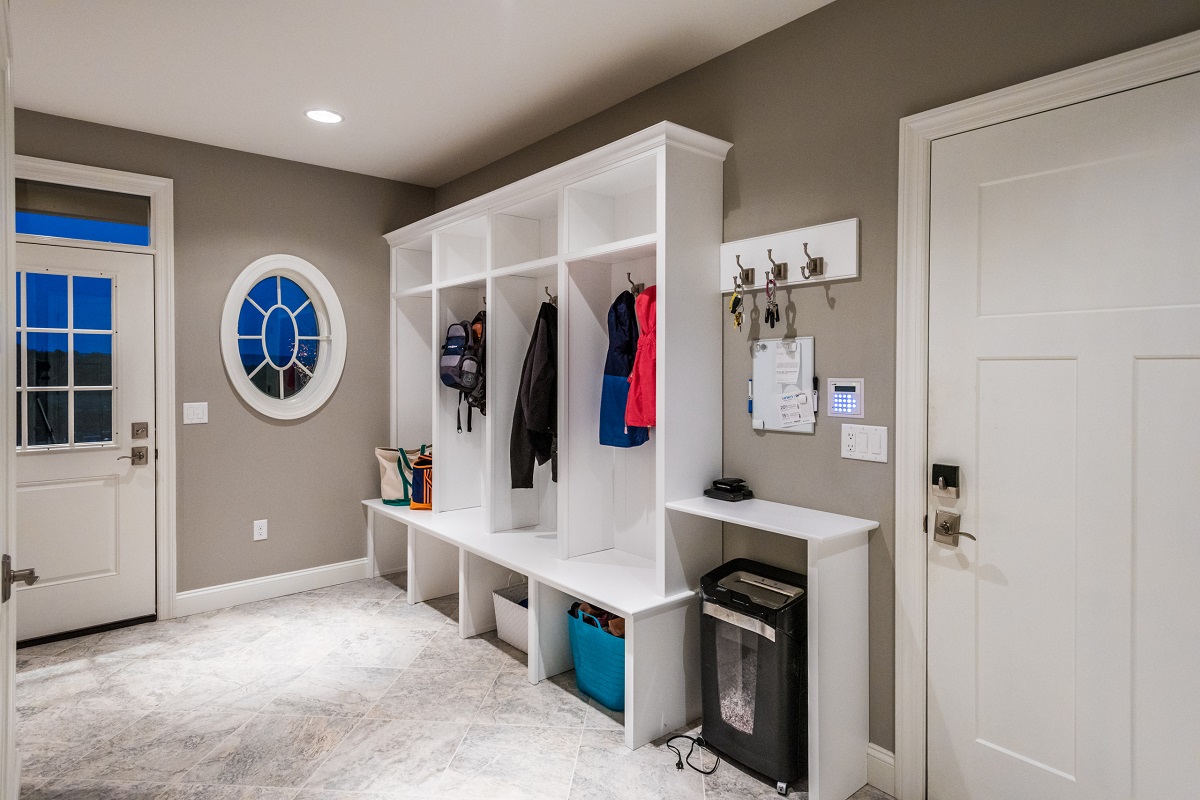
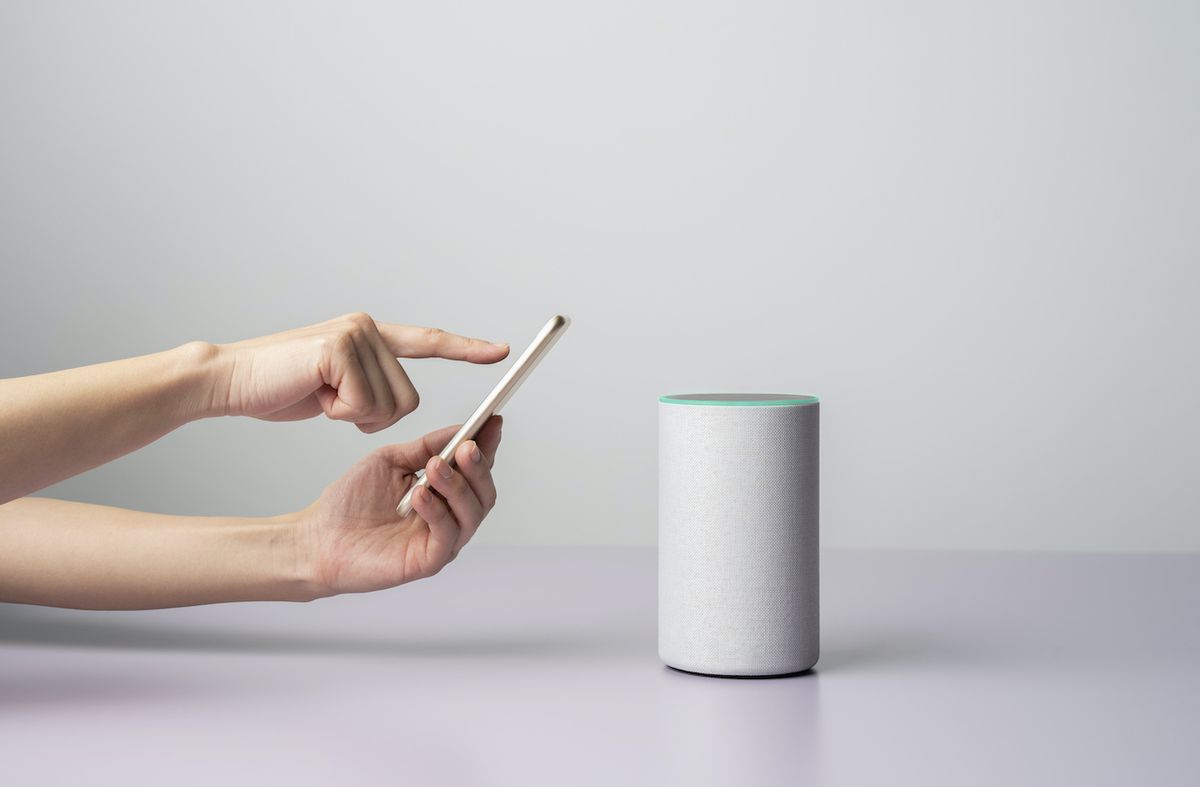
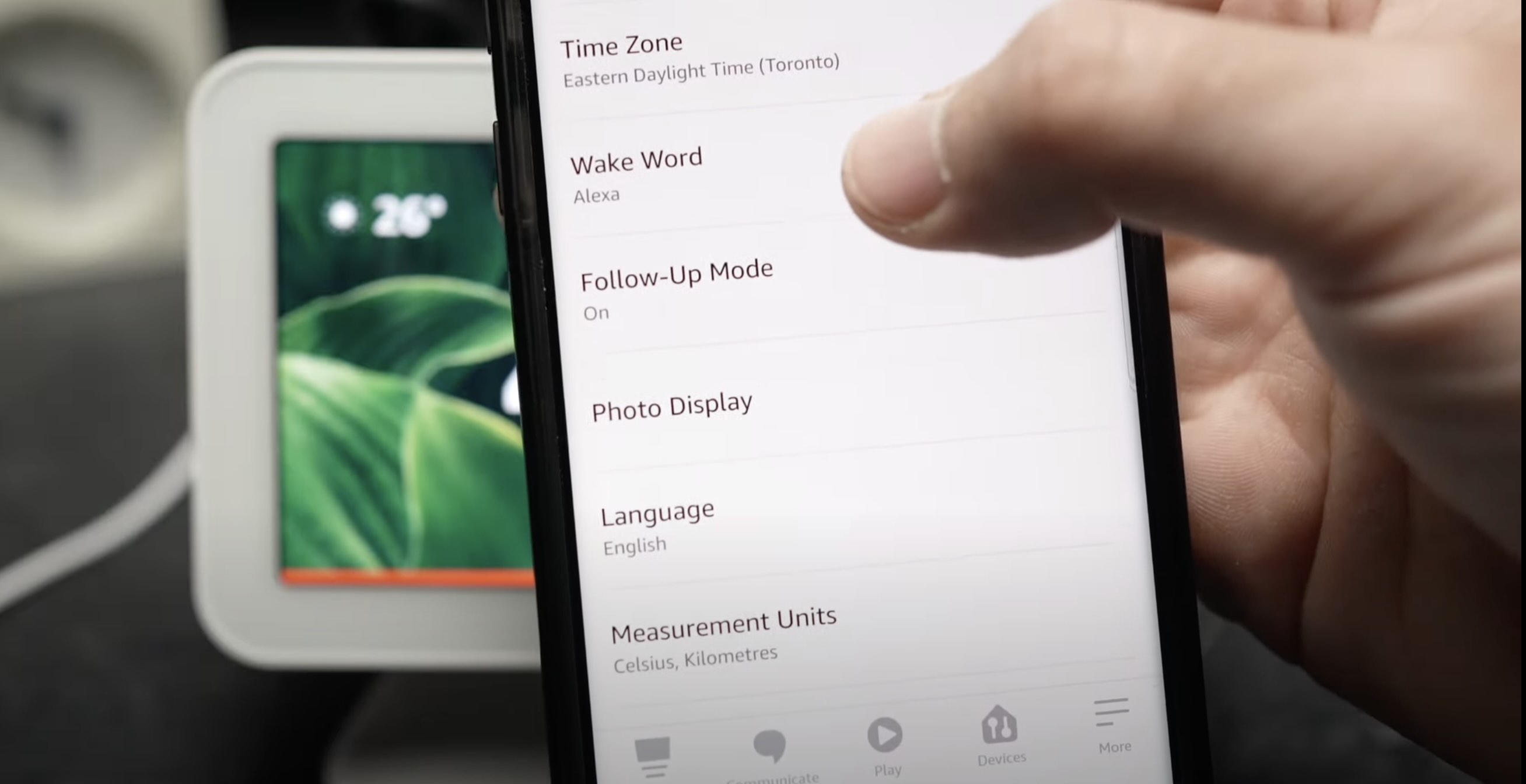

0 thoughts on “Why Can’t I Drop In On Alexa?”